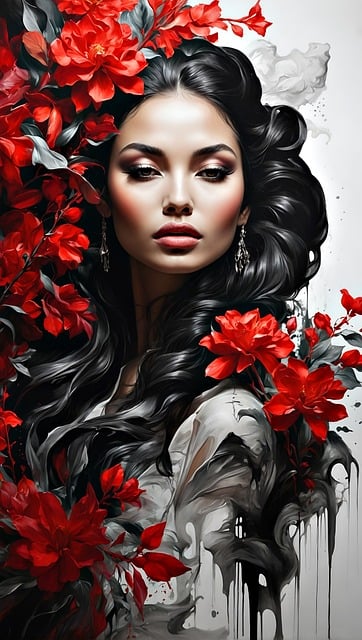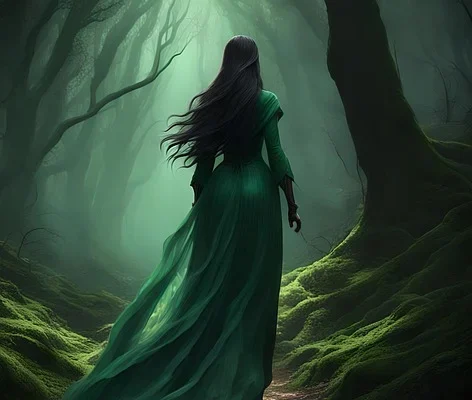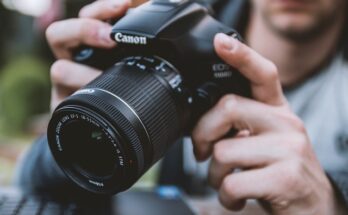Introduction:
Photography, an art form that immortalizes moments, has undergone a fascinating journey of evolution since its inception. From the primitive camera obscura to the high-tech digital cameras of today, each advancement has expanded the horizons of human creativity and expression. This article embarks on a visual expedition, tracing the significant milestones and transformations in the history of photography, showcasing how it has shaped our perceptions and captured the essence of different eras.
The Dawn of Commercial Photography
This revolutionary technique brought photography into the mainstream, enabling people to preserve their likenesses for posterity. The daguerreotype’s popularity soared, and studios began to spring up, offering portrait sessions to the masses.

The Development of Film
The next significant leap in photography came with the invention of flexible film in the late 19th century. George Eastman, the founder of Kodak, introduced roll film in 1888, making photography more accessible and portable. This innovation empowered amateur photographers to capture everyday moments with ease, fueling the democratization of the medium.
The Age of Innovation:
Throughout the early 20th century, photographers experimented with various techniques and processes to enhance their images. One of the most notable advancements was the introduction of color photography. While early color processes were cumbersome and expensive, innovations like Kodachrome and Technicolor revolutionized the industry, allowing photographers to capture the world in vibrant hues.
The Digital Revolution:
The advent of digital technology in the late 20th century ushered in a new era for photography. Digital cameras replaced traditional film cameras, offering instant feedback and virtually unlimited storage capacity. The rise of image editing software further expanded the possibilities, enabling photographers to manipulate and enhance their photos with unprecedented precision.
The Age of Social Media:
With the proliferation of social media platforms like Instagram and Facebook, photography has become more pervasive than ever before. Smartphones equipped with high-quality cameras have turned everyone into potential photographers, documenting their lives and sharing moments in real-time. This democratization of photography has sparked debates about authenticity and the value of professional expertise in an age of ubiquitous imagery.

Technology
As technology continues to advance, the future of photography holds boundless possibilities. From virtual reality to artificial intelligence, emerging technologies are poised to reshape how we capture and experience images. Whether it’s immersive 360-degree panoramas or AI-generated landscapes, the evolution of photography promises to push the boundaries of creativity and imagination.
Conclusion:
Photography, with its ability to freeze moments in time, has evolved from a niche art form to a ubiquitous medium that shapes our perceptions and memories. From the humble beginnings of the camera obscura to the digital revolution of the 21st century, each era has contributed to the rich tapestry of photographic history.



